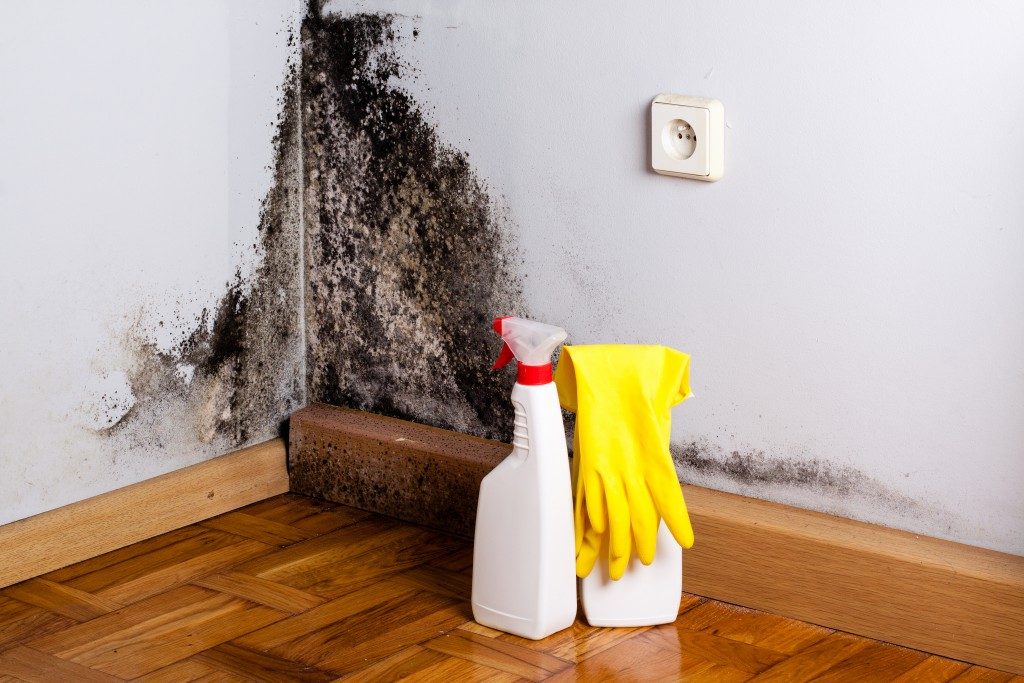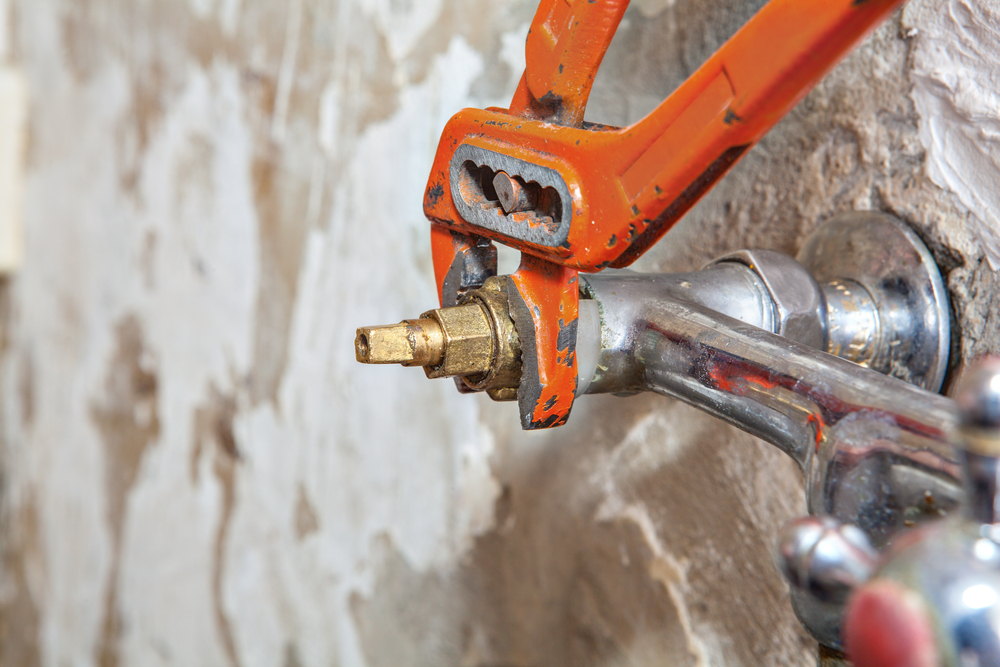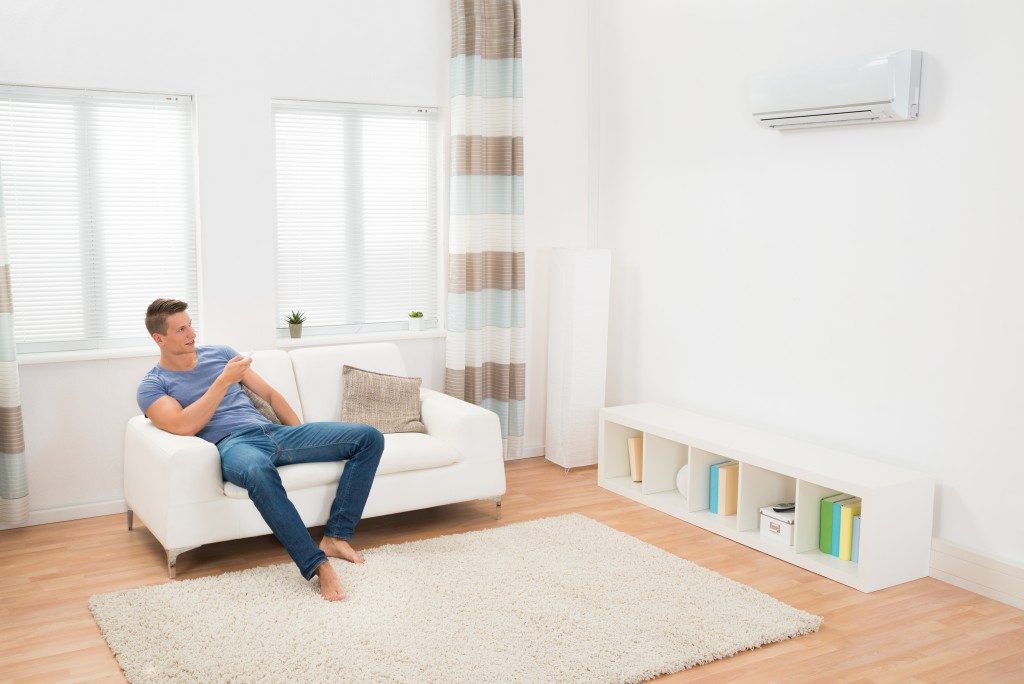Buildings are plagued with numerous elements that contribute to various types of damage daily. One of the hardest things to get rid of is mold. Mold is unfortunately also detrimental to the health of your building’s occupants. Its spores can cause life-threatening allergies, fungal infections, and in extreme cases, pulmonary hemorrhage. The authorities can also condemn a mold-infested building and have it demolished, leaving you with significant losses.
DIY mold removal worsens the infestation since it spreads the spores. This makes companies specializing in mold removal services your best bet to complete mold remediation. These companies come with the right equipment and expertise to efficiently remove the mold in your property. The following are some of the techniques that they might employ for mold removal.
Abrasive Blasting
This technique cleans mold-infested surfaces with minimal force. There are several things used for blasting, such as water, grit, and baking soda. Sand and grit blasting will suffice for floors and coated and rusted surfaces, while water blasting is generally used to clean mold-infested air ducts. Soda blasting uses sodium bicarbonate propelled by compressed air for mold removal. This technique may be used as an alternative for sand and grit blasting as well as for cleaning delicate underlying surfaces. Abrasive blasting, however, results in a significant amount of secondary waste.
Dry-ice Blasting
This is similar to abrasive blasting, but it uses soft, recycled carbon dioxide pellets rather than rough elements to clean the mold. The ice is propelled through a pressurized air stream at supersonic speeds to lift mold from the infected surface with minimal impact on the material. Dry-ice blasting is eco-friendly and non-toxic to human and pet life since it involves no chemicals. It also does not leave a secondary waste like abrasive blasting. Though expensive, it is the fastest method of mold removal.
Hand Scrubbing and Biocide Application
 This is a conventional cleaning method used for small-scale mold infestation. The expert will use a wire brush or sand to manually scrape the mold from the surface and then apply biocide after cleaning to kill any remaining mold spores. Though inexpensive, hand scrubbing and biocide application are ineffective for mold removal in confined spaces and tight angles. It also takes a long time, and this might increase your remediation costs.
This is a conventional cleaning method used for small-scale mold infestation. The expert will use a wire brush or sand to manually scrape the mold from the surface and then apply biocide after cleaning to kill any remaining mold spores. Though inexpensive, hand scrubbing and biocide application are ineffective for mold removal in confined spaces and tight angles. It also takes a long time, and this might increase your remediation costs.
HEPA Vacuuming
This technique is often used after abrasive blasting to eradicate airborne mold spores. HEPA vacuuming requires considerable expertise to ensure that the mold spores are all sucked into the vacuum. During the vacuuming process, the mold remediation experts might also use HEPA filters to remove the smelly odor associated with mold growth.
Overall, the given mold removal techniques are very effective. The ideal one for your property is determined by the extent of your infestation and budget. After removal, there are different steps that you should take to prevent the recurrence of mold. You should, for instance, ventilate the rooms and repair any foundation cracks and leaks. These steps will minimize the accumulation of moisture, which supports mold proliferation.




